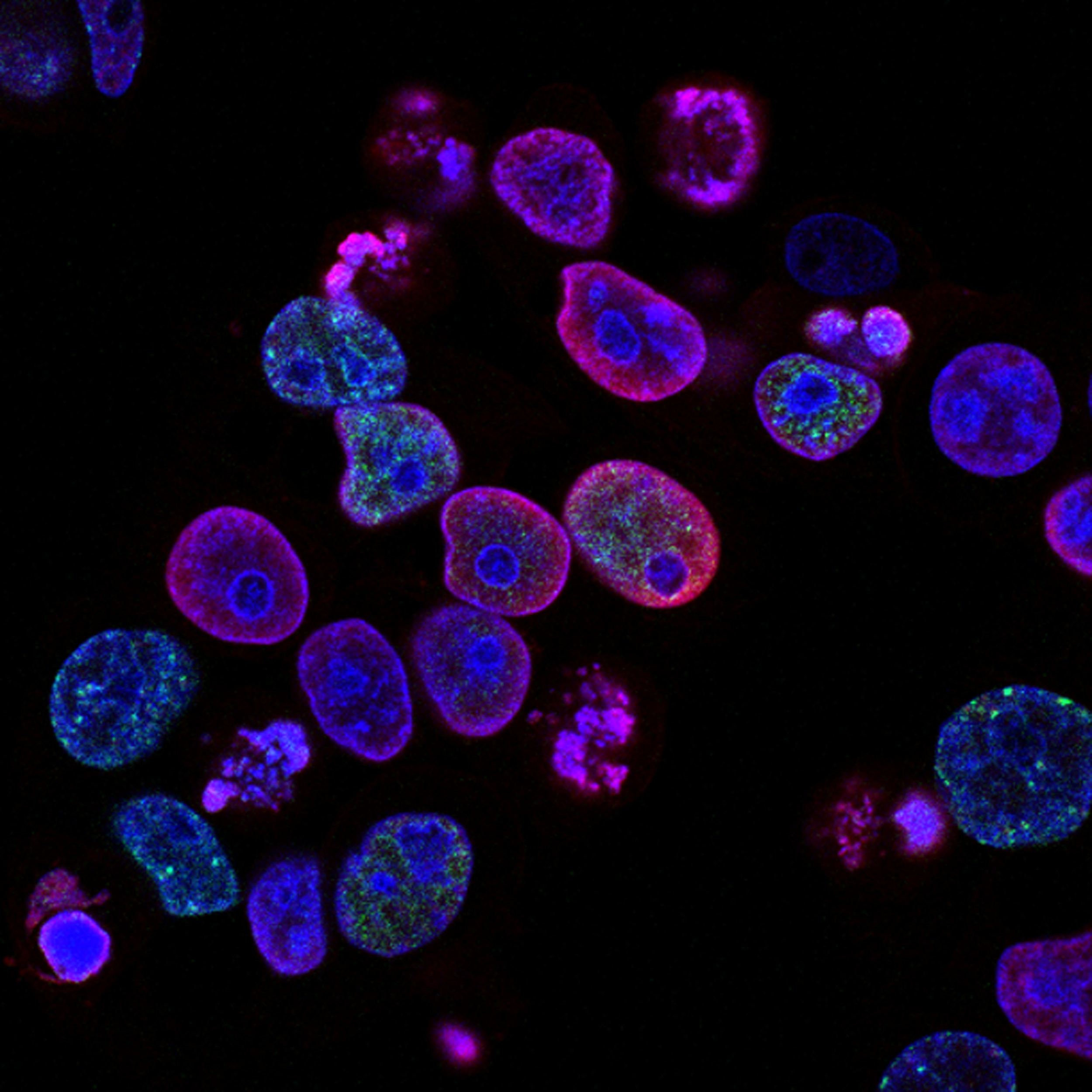Quantum Biology Explained

By Michael Jumba
Quantum biology is a branch of science that studies the quantum mechanical behavior of biological systems. The field of quantum biology seeks to understand how quantum mechanical principles, such as superposition and entanglement, apply to biological systems, and how these principles contribute to the functioning of biological processes.
Quantum mechanics is a branch of physics that deals with the behavior of matter and energy on a very small scale, such as the scale of atoms and subatomic particles. One of the key principles of quantum mechanics is the concept of superposition, which states that a quantum particle can exist in multiple states at the same time. Another important principle is entanglement, which describes the phenomenon where two or more quantum particles become correlated in such a way that their properties are interdependent, even at great distances.
Quantum mechanics has proven to be highly successful in explaining the behavior of the smallest particles in the universe, but it is not yet well understood how these principles apply to larger systems, such as biological systems. Nonetheless, researchers in the field of quantum biology are working to uncover the connection between quantum mechanics and biology.
One of the main areas of focus in quantum biology is the study of quantum phenomena in photosynthesis. Photosynthesis is the process by which plants, algae, and some bacteria convert light energy into chemical energy in the form of sugar. Scientists have discovered that the process of photosynthesis is remarkably efficient, with the energy conversion rate approaching 100%. This efficiency is due in part to the fact that the light-harvesting complexes in photosynthetic organisms use quantum mechanical principles to optimize the transfer of energy from one molecule to another.
In photosynthesis, light is absorbed by pigments called chlorophyll, which are found in specialized structures called antenna complexes. The absorbed light energy is then transferred to reaction centers, where it is converted into chemical energy in the form of sugar. Scientists have found that the energy transfer in photosynthesis is not a simple transfer of energy from one molecule to another, but rather a complex process that involves the creation of superpositions and entangled states of the pigments.
Another area of focus in quantum biology is the study of quantum behavior in the process of olfaction, or smell. Olfaction is the sense of smell, and it plays an important role in many aspects of life, including food selection, mate choice, and navigation. Scientists have found that the process of olfaction is much more complex and sophisticated than previously thought, and that it involves the use of quantum mechanics to optimize the detection of odors.
In the process of olfaction, odor molecules bind to specialized proteins called odorant receptors, which are located on the surface of olfactory neurons. The binding of an odor molecule to an odorant receptor triggers a cascade of chemical reactions that result in the transmission of an electrical signal to the brain. Scientists have found that the process of olfaction is highly efficient, and that it involves the creation of superpositions and entangled states of the odorant receptors.
A third area of focus in quantum biology is the study of quantum behavior in the process of bird navigation. Birds are able to navigate over long distances, often spanning thousands of miles, with remarkable accuracy, even in complete darkness. Scientists have found that birds are able to use the Earth's magnetic field as a reference point to navigate, and that they do so by using quantum mechanics to detect magnetic fields.In the process of bird navigation, specialized cells in the bird's eye contain photoreceptor molecules that are sensitive to light. These photoreceptor molecules are also sensitive to magnetic fields, and scientists have found that they use quantum mechanics to detect magnetic fields. The photoreceptor molecules become entangled with the magnetic field, creating a superposition.


